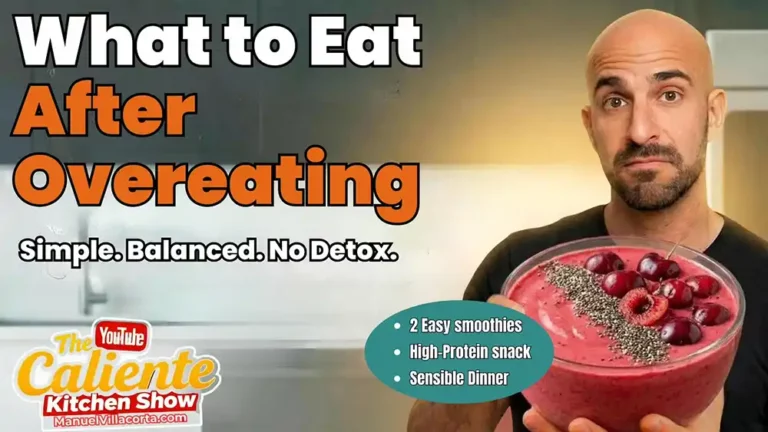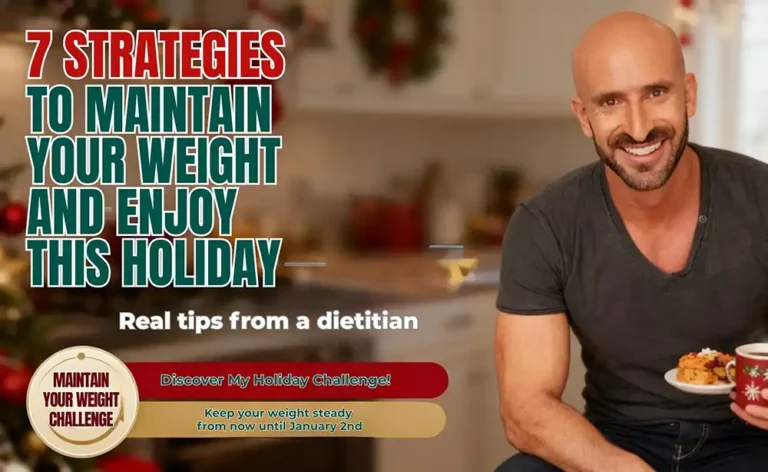Today, let’s delve into the world of high-volume, low-calorie foods and how they can truly be your secret weapon for weight loss.
Imagine eating a large bowl of food, feeling full and satisfied, and not worrying about consuming too many calories. This is the magic of high-volume, low-calorie foods. These foods are packed with nutrients like fiber and protein, yet they won’t weigh you down in terms of calorie intake.
The Science Behind It
Your stomach expands as you eat, and when it does this, it comes into contact with the vagus nerve. By consuming foods and meals that provide volume without the extra calories, you’ll still be sending the same signals to your brain that you’re full as you would with much higher calorie meals that are more dense.
What are High-Volume Low-Calorie Foods?
So, what are these foods exactly? High volume, low calorie refers to foods that provide a significant amount of physical bulk or volume relative to their calorie content. In other words, these foods are characterized by their ability to fill up your plate or stomach without contributing a large number of calories to your diet.
The concept is based on the idea that certain foods can help you feel full and satisfied while consuming fewer calories, making them valuable tools for weight loss or weight maintenance. These foods are often rich in water, fiber, or both, which add bulk to your meals without significantly increasing their energy density.
They primarily consist of vegetables, some fresh fruits, lean proteins, and whole grains. Let’s break this down further below.
Identifying High-Volume, Low-Calorie Foods
- Vegetables: Cruciferous vegetables like broccoli, cauliflower, brussels sprouts, and kale are high in fiber and antioxidants. Other non-starchy vegetables like cucumbers, tomatoes, carrots, and zucchini also add volume with minimal calories.
- Fresh Fruits: Opt for fruits with high water content and fiber such as berries, apples, mangoes, watermelon, citrus fruits, and stone fruits.
- Protein: Lean protein sources such as chicken breast, fish, tofu, cottage cheese, and Greek yogurt are not only rich in protein but also relatively low in calories for their volume.
- Whole Grains: Choose whole grains with protein and fiber like whole-grain bread, red and black rice, farro, and high-protein pastas.
Incorporating High-Volume, Low-Calorie Foods into Your Diet
Now that we know what these foods are, how can you fit them into your day? Here are three key takeaways:
- Eat Regularly with Protein: Consume meals every 3-4 hours and ensure they contain protein to control hunger hormones.
- Practice Mindful Eating: Enjoy your food and pay attention to what you’re eating to enhance satisfaction and anticipation for your next meal.
- Focus on High-Volume, Low-Calorie Foods: Prioritize the consumption of these foods in your diet.
High Volume Low Calorie Meal Ideas
Here are some meal ideas to get you started:
- Grilled Steak Bowl with Red Rice and Sauteed Veggies
- Turkey and Sweet Potato Stuffed Peppers
- High-Protein Pasta with Chicken and a Side Salad
Additionally, here are some recipes for inspiration:
- High-Protein Quinoa Avocado Edamame Salad with Yogurt Dressing
- Instant Pot White Bean Veggie and Steak Soup
- Creamy Cucumber Avocado Gazpacho with Greek Yogurt
Conclusion: Quality Choices Matter
Remember, it’s not just about cutting calories; it’s about the quality of your choices. Incorporating high-volume, low-calorie foods into your diet can be a game-changer for weight loss and maintenance. If you found this information helpful, don’t forget to hit that like button and subscribe for more dietitian tips for weight loss.
References
- Müller SJ, Teckentrup V, Rebollo I, Hallschmid M, Kroemer NB. Vagus nerve stimulation increases stomach-brain coupling via a vagal afferent pathway. Brain Stimul. 2022;15(5):1279-1289. doi:10.1016/j.brs.2022.08.019




